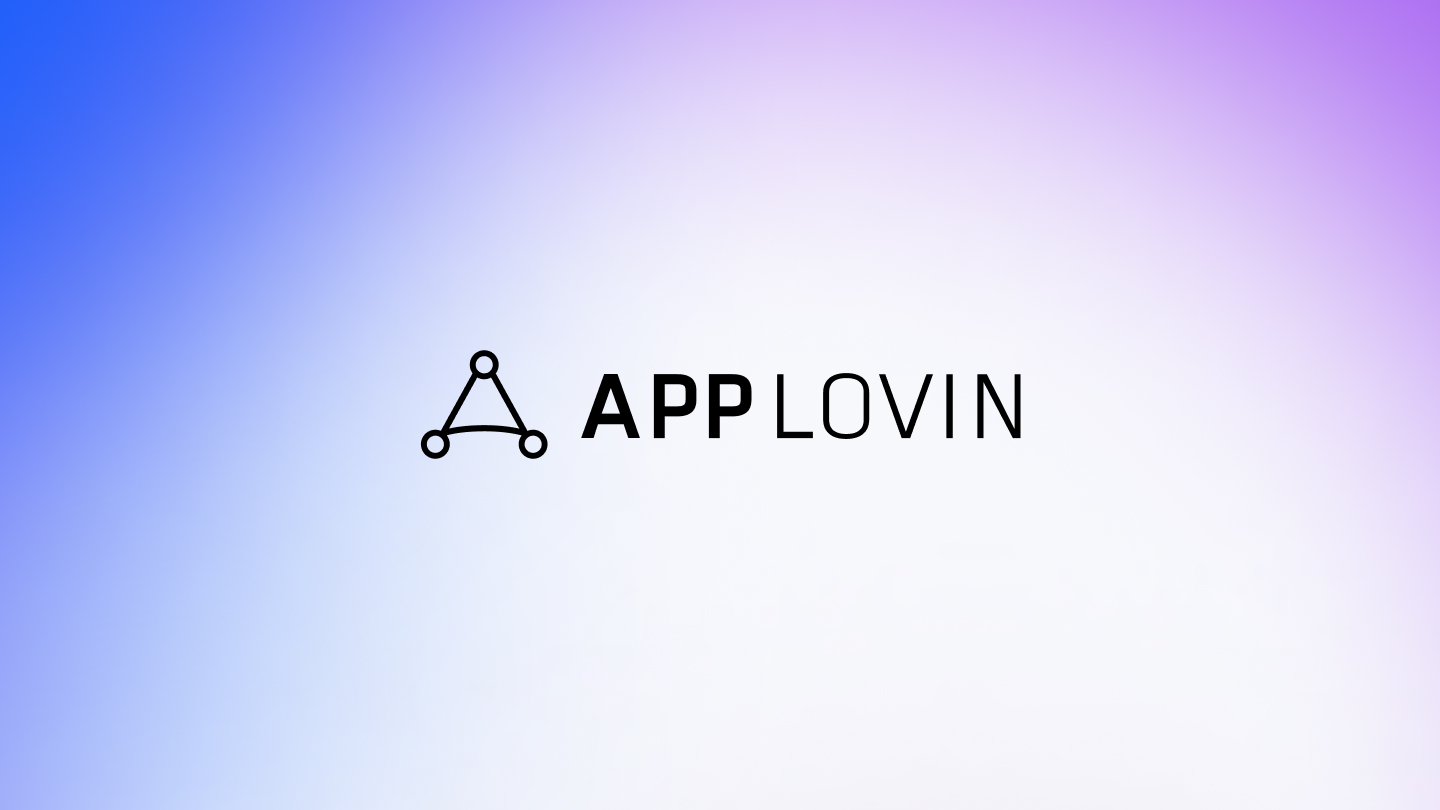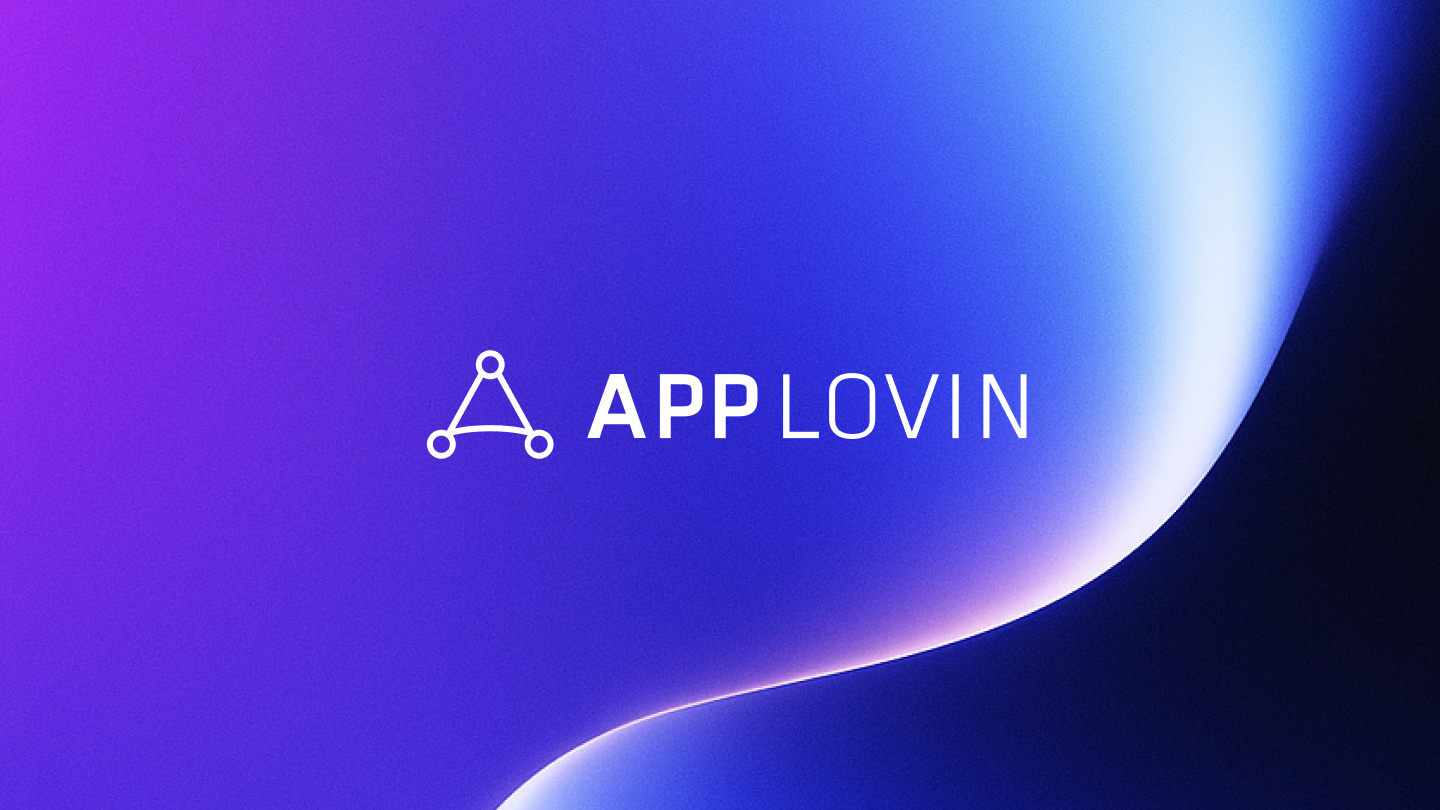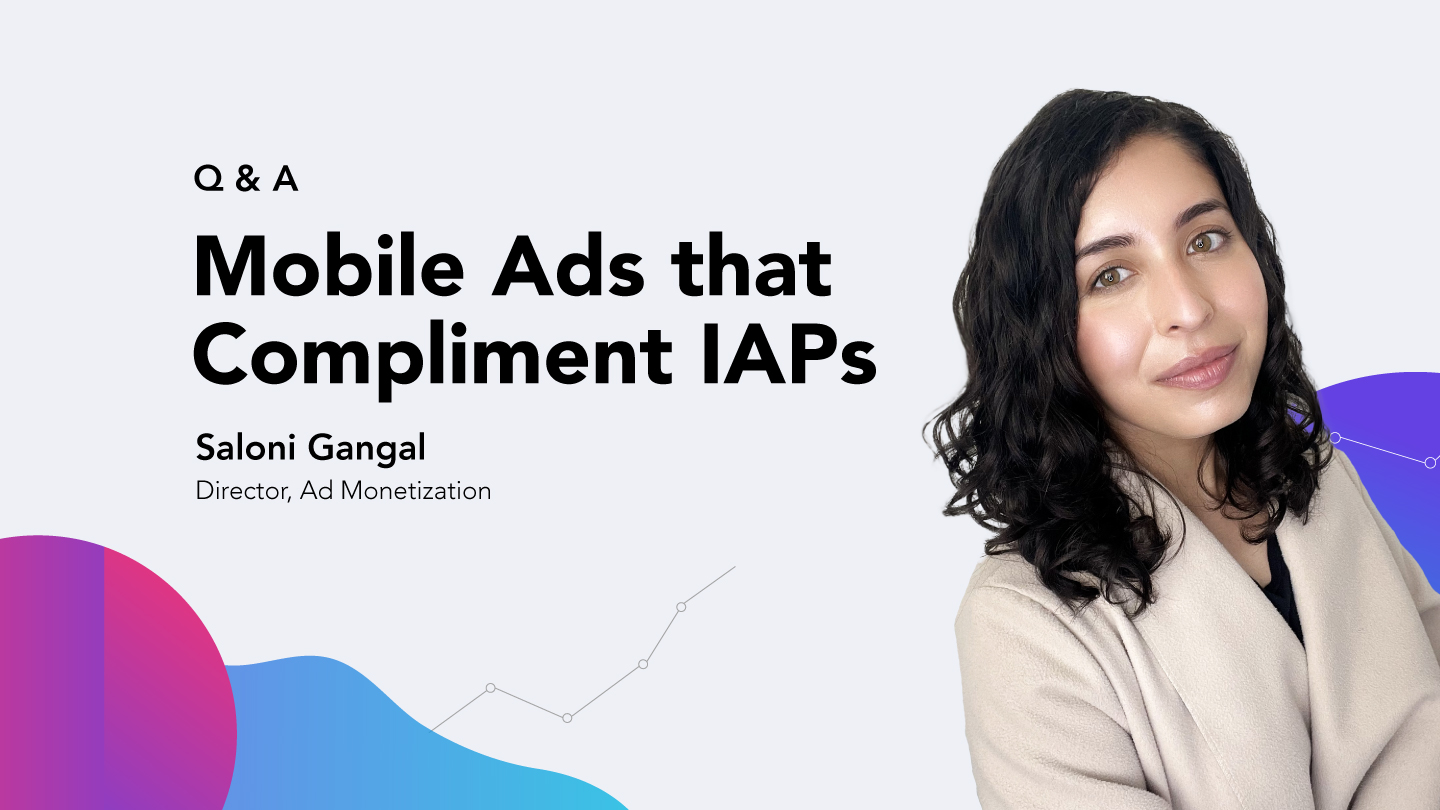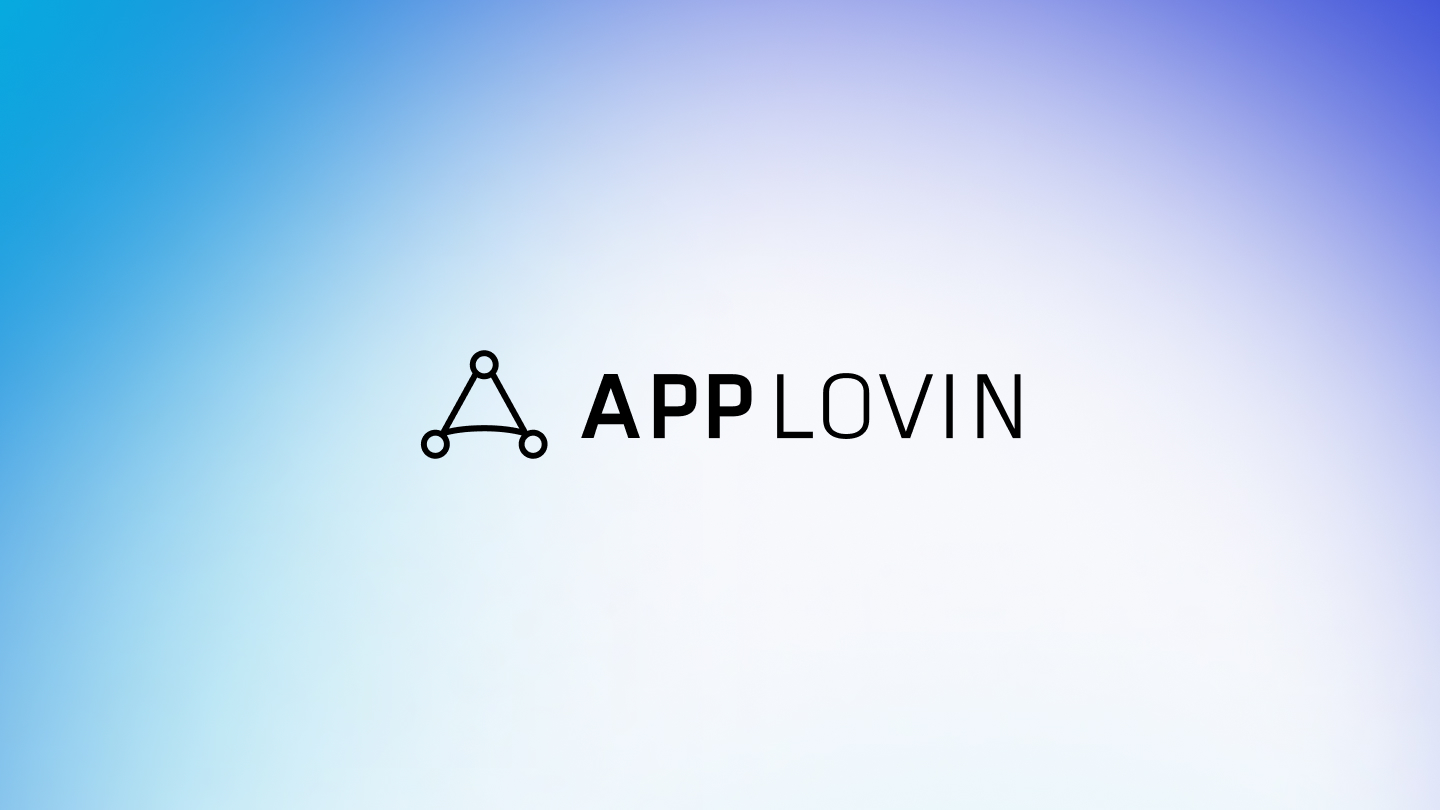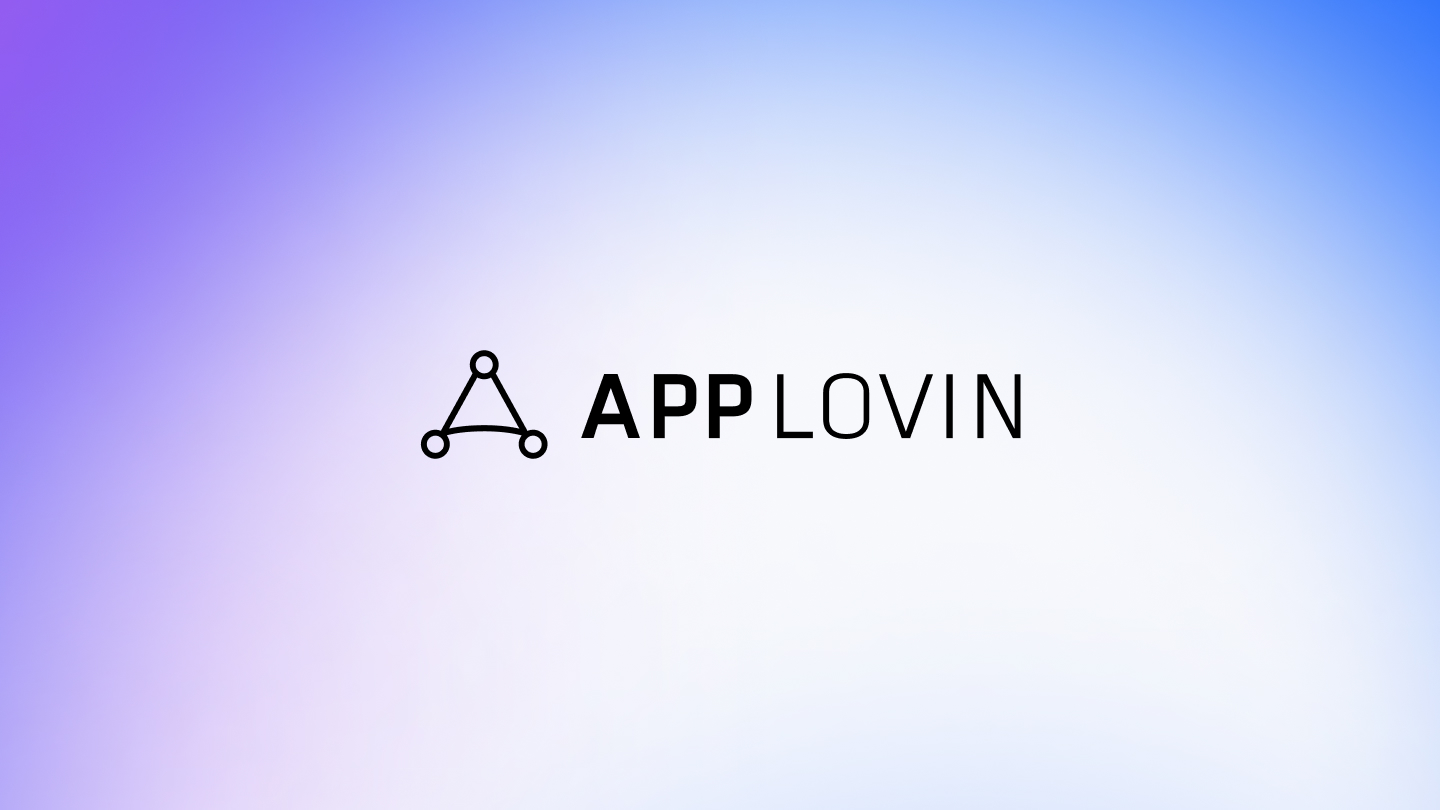When it comes to mobile app monetization, app developers often grapple with choosing between in-app purchases (IAP) and in-app advertising (IAA). This is because app developers and marketers continually wrestle with the perceived tension between the two forms of revenue. Many fear that the use of ads may cannibalize their IAP revenue, leading to a strategic impasse. However, this never needs to be the case.
We spoke to Saloni Gangal (SG), Director of Ad Monetization at AppLovin, who shares her insights on ad monetization and IAPs, and how to optimally set up both IAPs and IAA in a way that holistically drives revenue growth for your app.
Q1: What are the main ad types that developers implement?
SG: The main ad types people usually implement are banner ads, interstitial ads, and rewarded ads. Each type has its pros and cons, and their implementation depends significantly on the nature of the game and the user experience.
Q2: Can you tell us more about these ad types and their potential impact on the user experience?
SG: Absolutely. Banner ads are the least intrusive as they sit at the bottom of the screen, and users are generally okay with them. However, they are harder to implement in an existing game if UI elements exist at the bottom or top of the screen.
Interstitial ads can be a bit more intrusive as they take over the screen, so they should happen at the most natural breaks in the game to not annoy users.
Rewarded ads are a unique format where users opt into the ads and get rewarded for viewing them, making them highly engaging. However, they have the potential of eating into your IAP revenue if not done correctly, so it is best to ensure you’re doing a lot of testing! This can include testing daily caps, and different types of rewarded entry points. You’ll want to evaluate test impacts on total ARPDAU, LTV, and retention (not just ad ARPDAU). The more you can test, the better!
Q3: Are there any best practices you can share when it comes to integrating ads into a game?
SG: It’s always easier to launch a game with ads than it is to add ads into a game later. Adding ads to an existing game can upset long-time users, so—similar to testing ad formats— segment your users and test your new ad strategy on new users first to find out what your audience will enjoy before deploying to all of them. In fact, segment your user base in general and figure out an ad strategy that works for each segment over time. Test them differently and evaluate the data accordingly.
Q4: How do you evaluate the performance of the ad strategy?
SG: When looking at the performance of their monetization, app developers should take into consideration the different metrics for each ad type and how they work together to drive overall revenue. For instance, banner ads might have lower CPMs, but since they regularly refresh with new ads, they provide a consistent source of revenue. Thus, app developers should take a holistic view of their ad performance, considering both the revenue and the impact on user experience.
Q5: How do you set up your ad monetization strategy while considering IAP-focused games?
SG: You’ll ideally want to start looking into user segmentation since that is pretty crucial when adding ads to an IAP-focused game. You’ll need to identify users who are unlikely to purchase and show them ads, and you may want to avoid certain ad types for purchasers altogether since their LTV primarily comes from IAPs. And pay close attention to how adding these ad types affects retention and IAP usage for each of your user groups. You may even want to only test on new users to start so that you don’t upset your existing user base.
Finally, I’d suggest figuring out a good ad gate. For instance, after how many levels or how much time do you start showing ads?
Q6: What metrics should publishers focus on when analyzing their ad performance?
SG: I’d say the most crucial metric is ARPDAU (average revenue per daily active user). This offers a comprehensive view of all the different types of revenue you’re making in-game from a single user. It factors in a lot more than just the CPM, but also considers product decisions, user session lengths, and impression rates.
This holistic view helps app developers make informed decisions and spot improvement areas. For example, if a publisher is only looking at CPMs rather than ARPDAU, they might miss that a recent product update has reduced user session lengths, leading to a drop in banner impressions and ad revenue. ARPDAU incorporates all of these data points to give you the real-time revenue performance of your users.
And then another metric that’s good to focus on is retention. Oftentimes, adding certain ad types negatively impacts retention. While it’s often still beneficial to add the ads, you’ll want to keep an eye on this metric to ensure the tradeoff between ARPDAU and retention is worth it.
Q7: What else can be done when implementing ads to improve monetization?
You can use bidding when possible or cap the number of rewarded ads a user can watch daily. This prevents CPM degradation, where the CPM for each successive rewarded ad goes down as a user watches more ads.
Q8: How can app developers and marketers ensure ads complement their IAP strategy?
SG: Integrating rewarded ads is a fantastic way to complement your IAP strategy. There are several types of rewarded ads that work well, like “spin the wheel” or prompting for a rewarded ad when exiting the store page. Rewarded ads have the potential to really engage users and keep them coming back for more, which can improve retention in a game and increase their future purchasing potential. However, remember to cap the number of rewarded ads a user can watch in a day to prevent CPM degradation.
Conclusion
Balancing in-app advertising and in-app purchases isn’t a zero-sum game. With strategic planning, understanding key metrics, and implementing effective practices, app developers and marketers can grow both revenue channels simultaneously. While the road to optimal monetization may require some trial and error, it’s important to remember that your strategy’s success lies in creating an engaging, user-friendly experience that seamlessly integrates both ads and IAPs. So why not have the best of both worlds?
